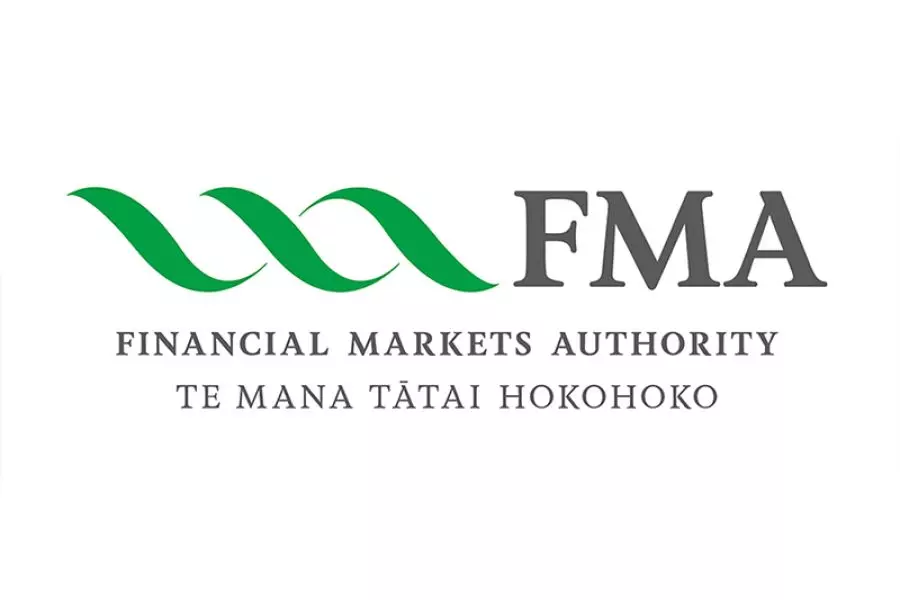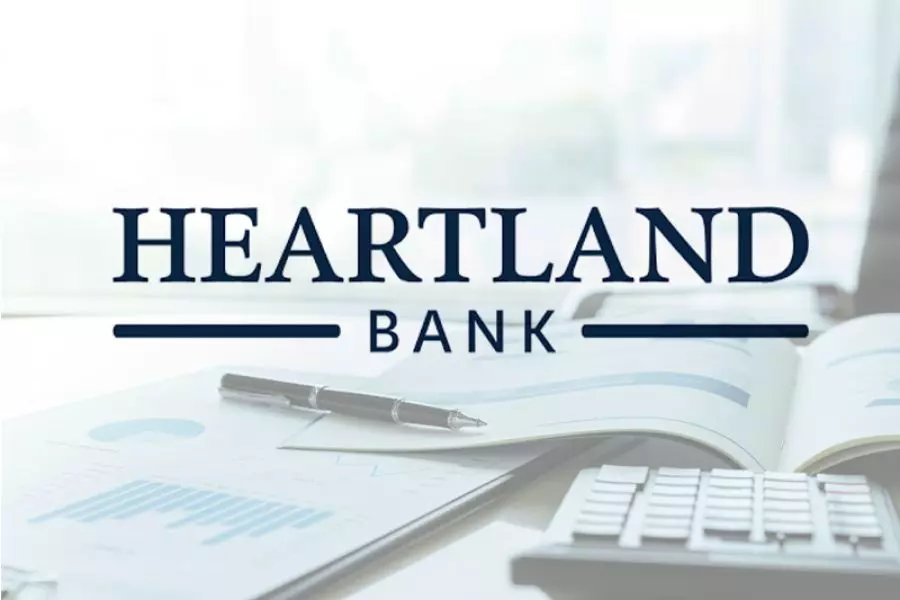News
Finding solutions to 60% LVRs

Thursday 18th of August 2016
Concerns over the role of investors are playing in the country’s heated property market has led the Reserve Bank to introduce a new round of LVRs.
These LVRs are squarely aimed at investors and will enforce a 60% LVR for property investment loans nationwide.
While the Reserve Bank recently announced it has delayed the start date of the new LVR rules to 1 October, many bank...
Want to read the full article?
Click the button below to subscribe and will have unlimited access to full article and all other articles on the site.









![[The Wrap] Bye Bye Bayly](https://goodreturns.publit.io/file/c_fill,w_900,h_600/39f23ac1-f7c7-4854-b700-a150004ebbac.webp)